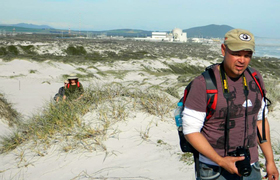International Museum Day: ‘Humanity’ exhibition reframes ‘origins’ story
18 May 2022 | Story Helen Swingler. Photos Nigel Pamplin / Iziko Museums of South Africa. Read time 10 min.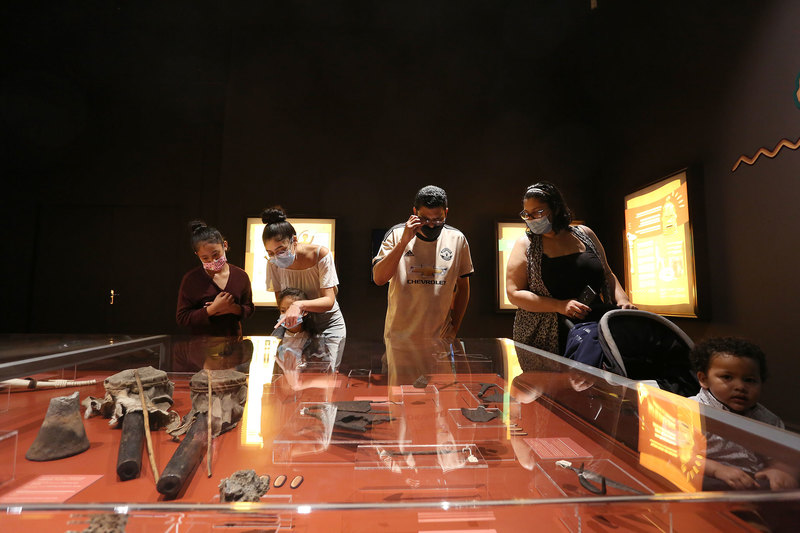
The Human Evolution Research Institute (HERI) at the University of Cape Town (UCT) and Iziko Museums of South Africa are creating a new permanent exhibition, Humanity, which retells the story of evolution and human origins – without the colonial paleoanthropological lens. UCT’s Professor Rebecca Ackermann and Iziko’s Dr Wendy Black, members of HERI, spoke with UCT News ahead of International Museum Day on 18 May.
How does an exhibition tell the story of human origins in Africa in an inclusive and non-racialised way? The new Humanity exhibition, scheduled to open at Iziko Museums in 2023, will start with the word “diversity”.
It will showcase South Africa’s rich archaeological and palaeoanthropological record of human evolution, but not in the way it has historically been told: as a series of remarkable discoveries by largely white men, said Professor Ackermann (Department of Archaeology).
“The decision with this exhibit was to sideline this telling,” said Ackermann. Humanity will take a very different approach, one focused on telling the story of how we came to be so diverse.”
The departure signals Iziko’s intent to take a hard look at how it displays objects and tells stories, said Dr Black.
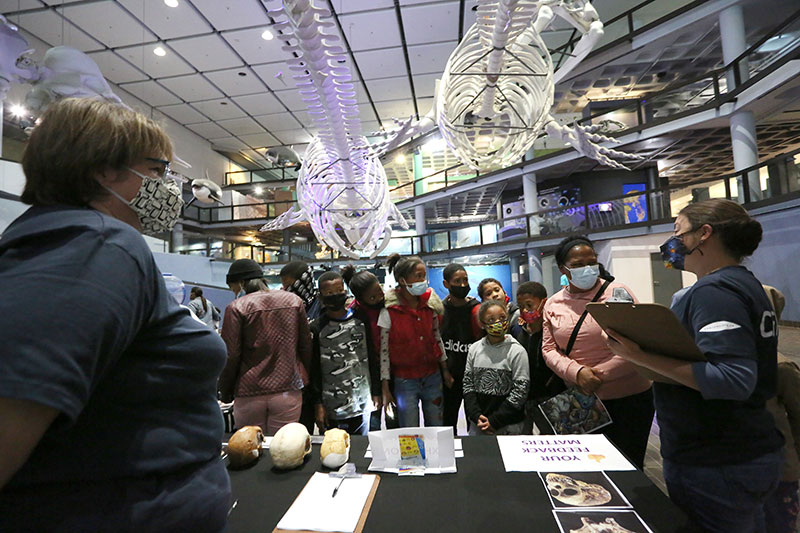
Museums originated as colonial institutions, where scientists collected and displayed objects of interest or curiosity. In African spaces these included plants, animals, cultural objects, and even various representations of people, including their bones. Displays also reflected colonial views of human races, including racist ideas about some people being primitive, which became part of this history, said Ackermann.
“In this light, museums have an obligation to take a close look at themselves, their collections and how they choose to represent them to the public. This must include rethinking the role of museums as not just educational institutions, but institutions that engage in social justice.
“Our museums are a repository for everyone’s national heritage.”
“For our exhibit, we hope to retell the human origin story in a way that dismantles notions of racial difference, superiority/inferiority, and that decentres whiteness. In this way the science can move forward as a more inclusive space, where we hope more and more South Africans feel welcome.”
She added, “Our museums are a repository for everyone’s national heritage. We need to constantly stretch ourselves to use our vast collections to benefit everyone – and create more inclusive and socially just practice and outcomes.”
Evolution as a “braided stream”
In tackling these issues, Humanity presents evolution as a “braided stream” where human ancestors came together and diverged in complex ways.
“Ours is a complex lineage, with different groups of early humans that are not easily compartmentalised into discrete units or defined by biological differences that have meaning in terms of their relative success.
“This connectedness has been essential to making us the resilient species we are today.”
“In the exhibition, we focus on variation, and how that’s produced through evolution, ultimately resulting in the diversity of people we see today in South Africa and around the world. Importantly, this story is showing us that while we may look very different, there is a very long history of humans being connected. This connectedness has been essential to making us the resilient species we are today,” Ackermann noted.
The exhibition also tackles the issue of race and the differences between race and racism and how that impacts contemporary society. Additionally, it reflects on the history of body collecting, how the museum was implicit in that history and played a role in dehumanising people – and how many colonial researchers, including paleoanthropologists, contributed to that. These are issues that require reflection and as a spatial response, the exhibition team has created private spaces for this.
Inclusive, multiparty process
Importantly, Humanity has been achieved through an inclusive, multiparty process. The team threw their net wide, the broad stakeholder groups including Khoi and San communities, artists, students, educators, curators from other institutions, and human evolution researchers, among others, said Dr Black.
For example, Khoi and San elders were invited to discuss how material will be shown and whether the visuals and the imagery spoke to them.
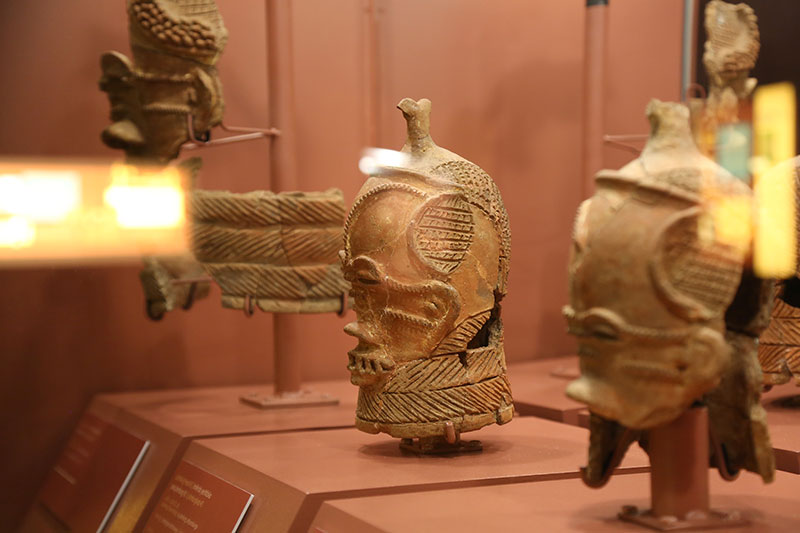
“Inclusivity has been [the thread] through discussions and workshops and the foundation of the new processes, design and content strategies and the vision we are establishing at the museum.”
The museum already has one exhibition on show, which reflects this new vision: The Talking Heads and Heritage exhibition about the Lydenburg Heads and early farming communities in southern Africa. The Lydenburg Heads are seven terracotta heads that were discovered in association with other archaeological artefacts in Lydenburg, Mpumalanga. They are among the oldest known artworks (with a ceremonial purpose) linked to southern African farming communities within the last 1 000 years.
The Iziko team hopes these inclusive processes will provide a blueprint for other exhibits and for other South African museums and new research avenues.
Public outreach
The education aspect of the exhibition is also very strong, said Black, to appeal to a young target audience: schools and young adults.
“We want to inspire new generations of scientists.”
But in South Africa, many people have never visited a museum because of lack of resources, lack of transport, lack of knowledge, or lack of interest in perceived colonial spaces, said Black.
Iziko hopes to tackle this through their active Education and Public Programmes (EPP) division. And the new exhibit will serve the growing need from educators for material on evolution.
“We have included one of the Iziko educators on our expanded team to ensure that we cover all the content required, and to provide input on what the youth want out of our displays. The EPP will incorporate our exhibit in their school tours, school workshops and events, our mobile museum, and our other public programmes.
“Hopefully this can be carried further afield to other museums in Africa with our planned travelling exhibit, proposed web content, and publicly accessible resources.”
Long-held dream
Humanity has been a long-held dream for Ackermann and Black who have talked about installing an exhibit on human evolution at Iziko since Black took on the role of Curator of Archaeology in 2013.
“The museum gets many requests for human evolution displays from tourists, as well as from teachers who struggle with many of the concepts linked to the discipline,” said Black. “The museum’s human evolution displays have always been small and have always been done in the old chronological style which Becky and I wanted to change.”
Ackermann added, “There’s also no comprehensive human evolution exhibit in the Western Cape, despite a rich archaeological record for the ancient origins of humans in this region.”
When the opportunity for a permanent space came up at Iziko, they grabbed it (with the necessary approvals processes). Here was an opportunity to make fresh choices, not only about how the evolution and diversity story is told but about aesthetics and representations that weren’t alienating.
“To our knowledge, this is new design practice in a South Africa museum.”
“This exhibition has forced us to look at everything from design to engagement, and more,” said Black. “In terms of design, for example, we noticed quite quickly that the Westernised display design wasn’t going to work. We are Afrocentric in our content, so our design strategy had to speak to that.”
The team developed design principles that guided their decision-making. For example, they only used handcrafted, locally sourced materials for structures, and gathered oral histories from various communities to inform design look and feel of exhibits.
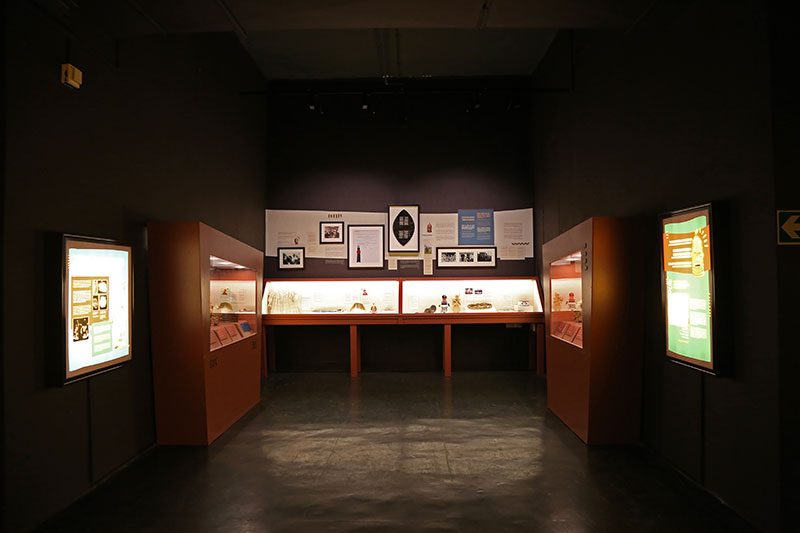
“To our knowledge, this is new design practice in a South African museum,” said Black. “Our community engagement strategy is also new and has made us realise a real gap in museum science communication and museum engagement research.”
Research linked to the exhibition has made provision for a postdoctoral research fellow to study this aspect.
The biggest challenges in a project of this nature?
“Money,” said Ackermann. “We have a tight budget, and it’s still only a portion of the funding we need. This is not only a problem for this exhibit, but a national issue across museums in South Africa, which are chronically underfunded.”
“We have very small teams trying to deliver large high-class, comparable exhibits on tiny budgets.”
For this reason, museums are also under capacitated, said Black.
“We have very small teams trying to deliver large high-class, comparable exhibits on tiny budgets.”
Community engagement is also expensive.
“We have done really well and have engaged many interested groups, but this has taken a long time and cost quite a bit of money.”
Humanity is a biggie for the museum and HERI, but still just one exhibit in a broader process of decolonising Iziko's offering. The Iziko team will be taking a critical look at other exhibits in a bid to make these more inclusive and to shape a different public perception of human origins and diversity.
The Humanity permanent exhibition is scheduled to open at Iziko Museums in September 2023.
 This work is licensed under a Creative Commons Attribution-NoDerivatives 4.0 International License.
This work is licensed under a Creative Commons Attribution-NoDerivatives 4.0 International License.
Please view the republishing articles page for more information.







